Rétention de fuites et environnement
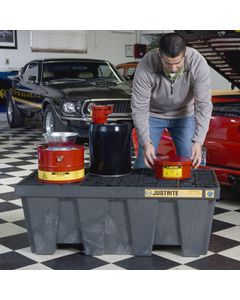

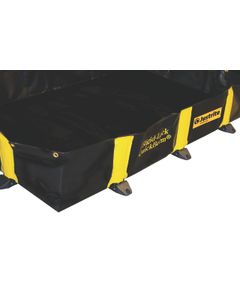

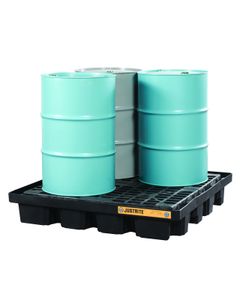




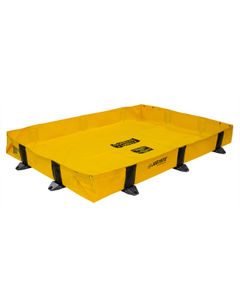
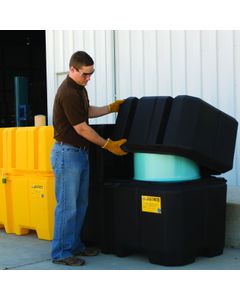
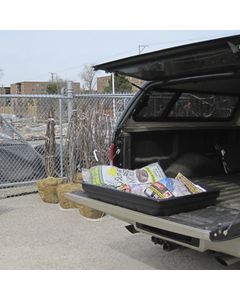
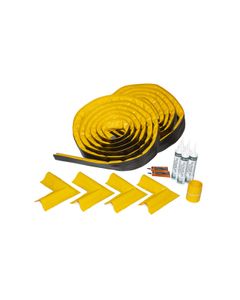
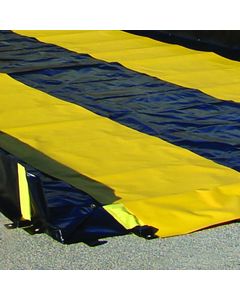

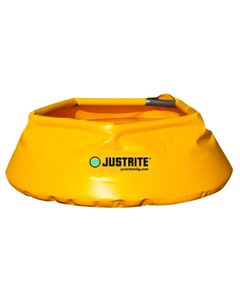


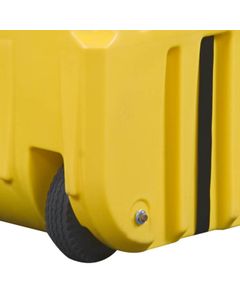

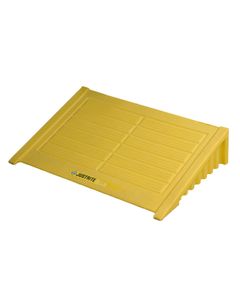
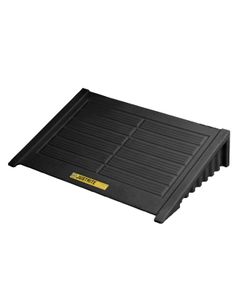

Spill Control and Environmental - FAQs
Are your EcoPolyBlend™ products recyclable?
Yes. However, if EcoPolyBlend™ spill control products have been contaminated with a hazardous liquids or materials, they should be properly decontaminated before recycling.
What makes your EcoPolyBlend™ Eco friendly?
The EcoPolyBlend™ is twice as good for the environment!
This product line is EPA compliant to protect against ground and water contamination.
EcoPolyBlend™ spill control products are manufactured of recycled content, which saves on oil, electricity, and landfill space.How do I ground a poly spill pallet for dispensing operations?
We do not use anti-static additives in our poly spill pallets, and we do not consider it as necessary. We urge our customers to use ground or bond wires to all conductive surfaces of the drums stored on the pallets and containers they are transferring the flammable liquids between. We advise our customers to follow the guidelines as outlined by NFPA 77 when dispensing liquids. It is important to ensure good electrical continuity through metal-to-metal contact when attaching the ground wires. With painted products, you may have to remove some of the paint in order to contact metal. Some ground clamps have cone points or sharp teeth designed to pierce the paint. Wiggle the clamp until you are sure the clamp’s sharp points are through the paint and making contact to metal. Also, please follow these recommendations:
Use commercially available grounding wires. They are hardy and made for industrial service duty.
Make sure all connections are secure.
Discharge yourself by touching ground after making connections and before opening containers.How cold or hot can I be assured my poly spill pallet is suitable for?
Our EcoPolyBlend™ products have been tested for a service temperature range between -30 to 120°F (-34 to 49ºC).
How long does my coalescing/carbon filter last?
The carbon filters supplied by Justrite come sealed in a plastic bag and shipped in a cardboard box which eliminates any adsorption into the activated carbon and in the case of the colormetric filters, UV exposure. Unless the packaging is damaged, there is no reasonable limit to the filter’s shelf life.
There are too many variables to predict the life of a charcoal filter in use. The colormetric indicator will turn dark indicating the charcoal is saturated and should be replaced.Does my carbon filter eliminate the need for good ventilation?
Carbon charcoal filters are not a substitute for proper ventilation. Justrite's charcoal filters adsorb VOCs (volatile organic compounds), which is only a part of when and why proper ventilation is required. These filters are only meant as a supplement. You should take all the same precautions as far as toxic, ignitable, corrosive, etc., vapors.
Can I use Prosolv® for calibration cylinders?
Yes. There are many types of calibration gases, and there are even custom gas requests that can be used with Prosolv®. It is important to take the same precautions when using Prosolv® on a calibration cylinders as you would in exposing oneself to that calibration gas. Always operate Prosolv® in a well ventilated area and follow other safety requirements as well. The one restriction being, the Prosolv® will work only with calibration gas canisters that have a ¾" NPT male end (e.g., standard, disposable propane canister).
Can you supply an SDS sheet (formally MSDS sheet) on your safety cabinets, cans, or other products?
The cans, cabinets, and most other products manufactured by Justrite are defined as an article and therefore is not subject to the requirements of the US Occupational Safety and Health Administration’s (OSHA) Hazardous Communications Standard 29 CFR per 1910.1200(b)(6)(v) to provide a Safety Data Sheet (Formally MSDS).Upon request, we can supply SDS sheets based on the charcoal content of the charcoal filters we supply.
How do I determine the maximum amount of flammable and combustible liquids I can store?
This is a complex subject and requires intimate building information. Unfortunately, for us to discuss the MAQs (maximum allowable quantities) in a control area without a clear understanding of occupancy, special occupancy, control areas, construction of control areas, sprinkler systems, fire doors etc., would be out of context and a disservice to you. Visit NFPA 30 at: NFPA 30 Online Catalog or consult your local authority having jurisdiction for specific guidance on MAQs in your building's area.







